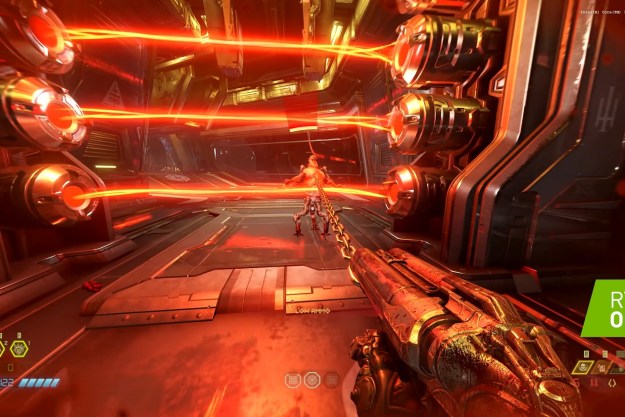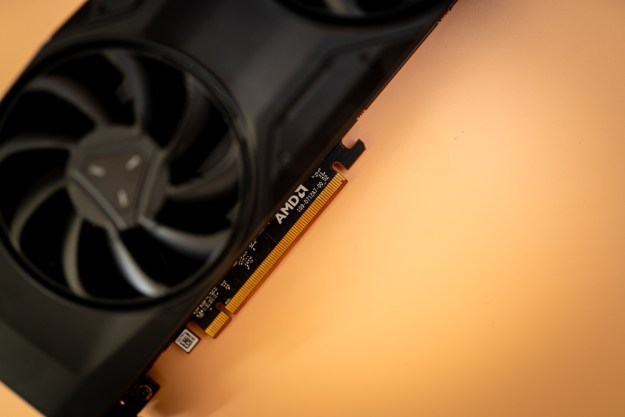Graphics processor maker Nvidia Technologies today launched its new GeForce 7 series 7900 GS and 7950 GT graphics cards, aiming to deliver serious graphics horsepower to gamers and other computing enthusiasts without setting their bank accounts into semi-permanent overdraft status.
The GeForce 7900 GS and 7950 GT PCI Express cards utilize Nvida SLI technology to enable users to scale graphics by combining multiple Nvidia cards in a single system, incorporate 256-bit memory interfaces to GDDR3 memory, and offer full support for Microsoft DirectX 9.0 Shader Model 3.0 (including vertex fader fetch) enabling more realistic effects and shading. Both cards include Nvidia’s PureVideo technology to deliver smooth, clear video with vivid colors, and the 7950 GT HDCP circuitry to support HD DVD and Blu-ray protected playback. And, of course, both cards are fully Vista-capable, should you care about such things. Nvidia’s press release says the 7950 GT sports a 512 MB frame buffer, but the specs page says its a mere 256 MB. We’re thinking it probably does offer the full 512 MB, but haven’t been able to confirm.
The new cards will be available September 14, 2006, with the 7900 GS priced at $299 and the 7950 priced at $349.
Editors' Recommendations
- Nvidia RTX 50-series graphics cards: news, release date, price, and more
- Nvidia just made GeForce Now so much better
- Nvidia just fixed a major issue with its GPUs
- Intel surprise launched a new graphics card, but it doesn’t make any sense
- Asus’ new RTX 4090 shattered GPU overclocking records, and you’ll be able to buy it soon


